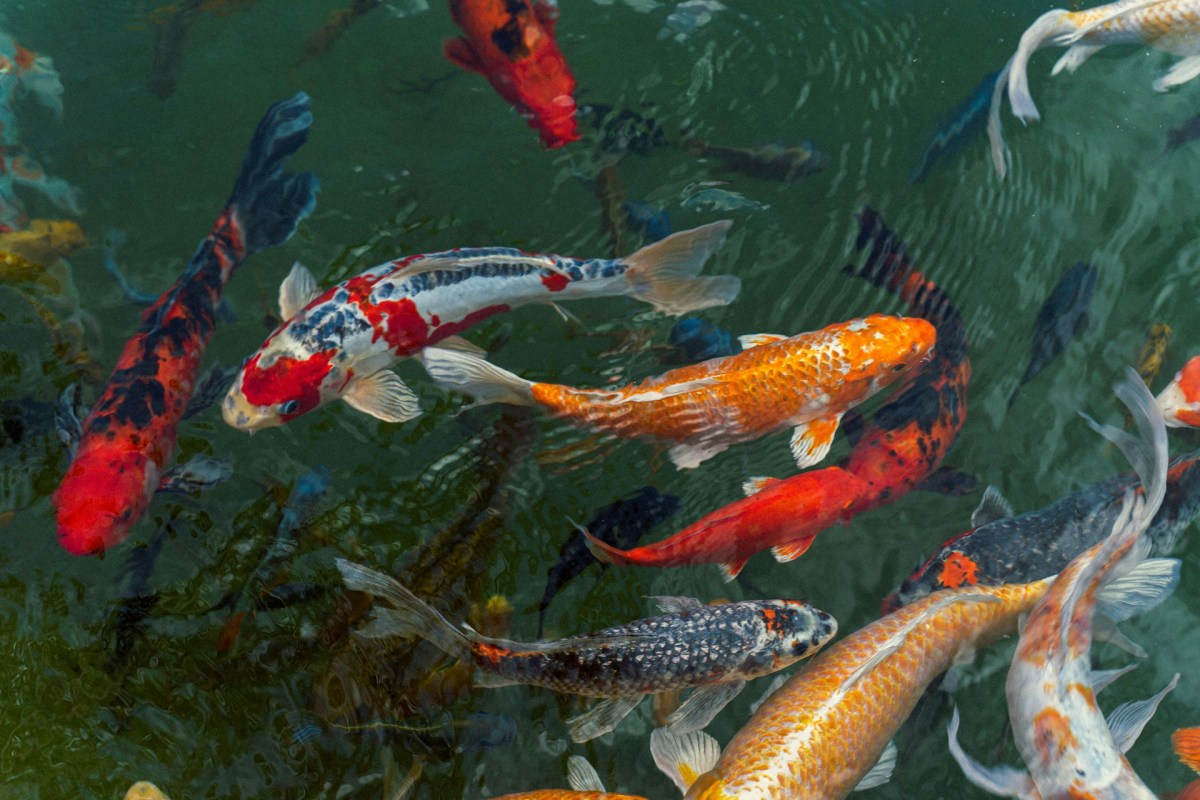When I rocked up to the ArtsHub office, I desperately hoped I wouldn’t be resigned to coffee runs and the notetaker role in meetings – as is often the unfortunate fate of interns. However, I can proudly say that these fears were not realised! During my time, I’ve written a variety of articles, covering a breadth of industries and art forms, learning much in the process.
Here are some takeaways:
- No, something cannot be ‘very unique’
- Let beauty exist beyond the artwork itself
- The arts industries have a long way to go (but don’t despair!)
1. No, something cannot be ‘very unique’
Tautologies have pained me for a while now. Thankfully at ArtsHub, this gripe was understood. While it’s fun to get on our soapboxes now and again – it’s only a matter of time before it’s kicked out from under you. Unsurprisingly, no one has a perfect grasp on the English language.
At ArtsHub, it is not pretentious to endeavour to use correct English. It’s actually a matter of respect. Good communication should be clear and concise. Imagine your reader, furrowing their eyebrows as they desperately try to understand what you’re banging on about in your rambling, self-indulgent prose. Torture!
In this case, what matters is caring about what you write and how you do it. You’ll put yourself ahead of the competition by proofreading and looking up terms you’re not confident using.
While we’re at it: this point does not endorse snobbery or condescension to those for whom English is a second language. If anything, people who haven’t learned the “mechanics” of their mother tongue can be the worst offenders.
Further (dis)honourable mentions go to dangling modifiers and misused semicolons.
2. Let beauty exist beyond the artwork itself
I acknowledge that I use the term “beauty” liberally here, but what I mean is: do not start and end analysis with the artwork. Rather, the ideas and people around the art, are often more than half of the interest, beauty and enjoyment of it. While this sounds obvious, it is only when I was reporting on new exhibitions, productions and so forth, that I understood this properly.
While it’s important to examine the media and techniques used in a piece, many readers are drawn to why it was created in the first place. While this overlaps with the “art versus the artist” debate to some degree, this reasoning includes cultural movements and emerging ideas. True, art can encapsulate and present ideas back to us – but during my time at ArtsHub, I learned that delving into the artist’s thought process may often yield more insight than asking about a specific piece.
Like many things in life, moderation is key. No one wants to read paragraph after paragraph about artistic technique – as interesting as it can be. We must ask: what purpose does it serve? How? Why? A balance between theory and practice allows for the beauty beyond the work to be represented. Not falling in love with ourselves and our artistic brilliance is key.
Read: Why are we still watching La Bayadère?
3. The art industries still have a long way to go (but don’t despair!)
We love the arts. Unfortunately this love is vulnerable to exploitation. Week by week, new stories of mistreatment and malpractice emerge, oftentimes fuelling racism, meritocracy myths and mental ill health trends in the sector. So much arts work is often done in “good faith” (read: unpaid) – in the hope that somewhere down the line, that producer may call you back, or that your name will be mentioned in a byline.
What’s reassuring to know, is that many people do know and care about these issues. It’s important not to be too disheartened by bad news, but instead let it serve as motivation to contribute what you can for the cause – whether that be through your own art practice, or making space for others to be heard. This was a highlight from my time at ArtsHub: hearing others’ perspectives and learning about lives I will never lead myself.





